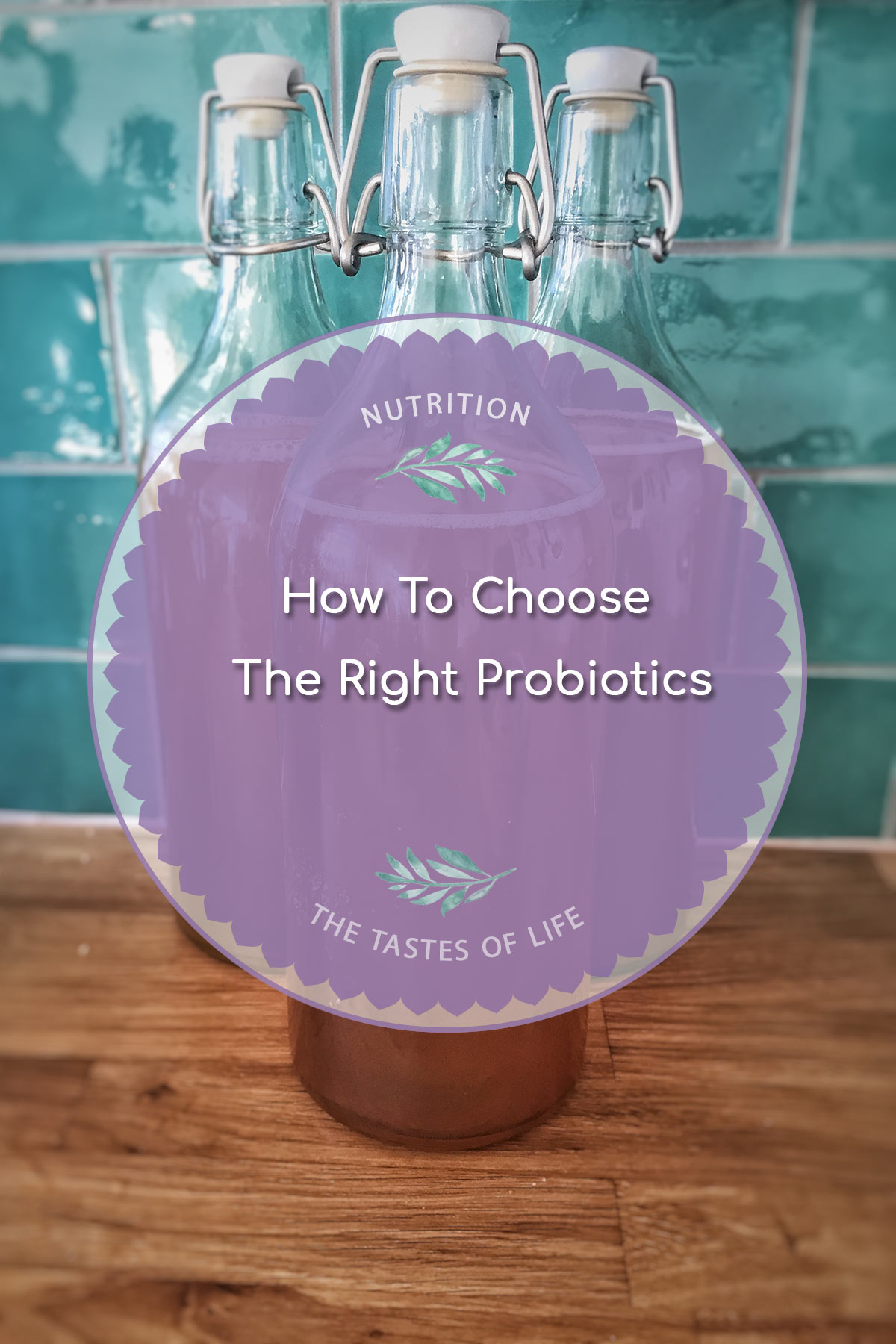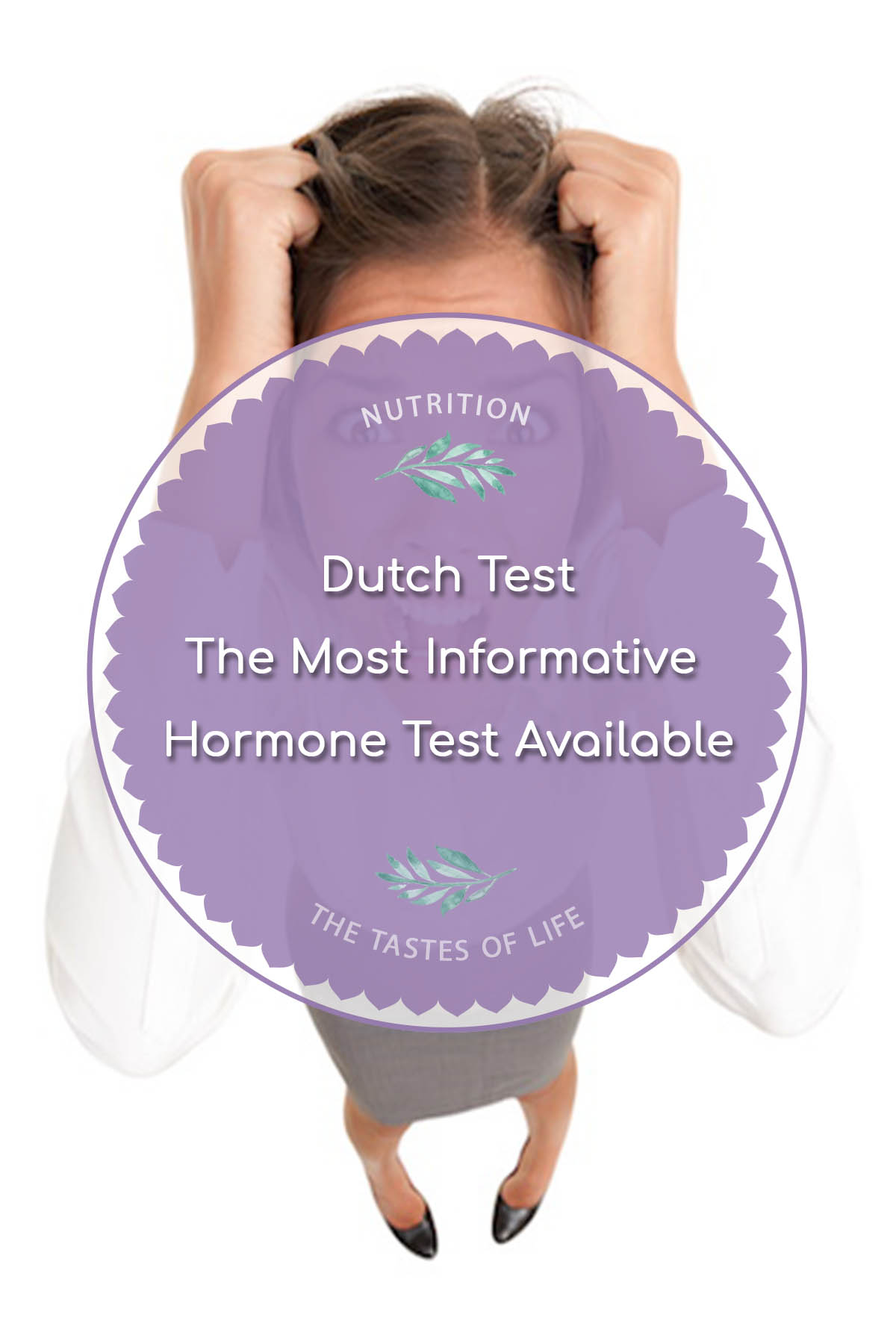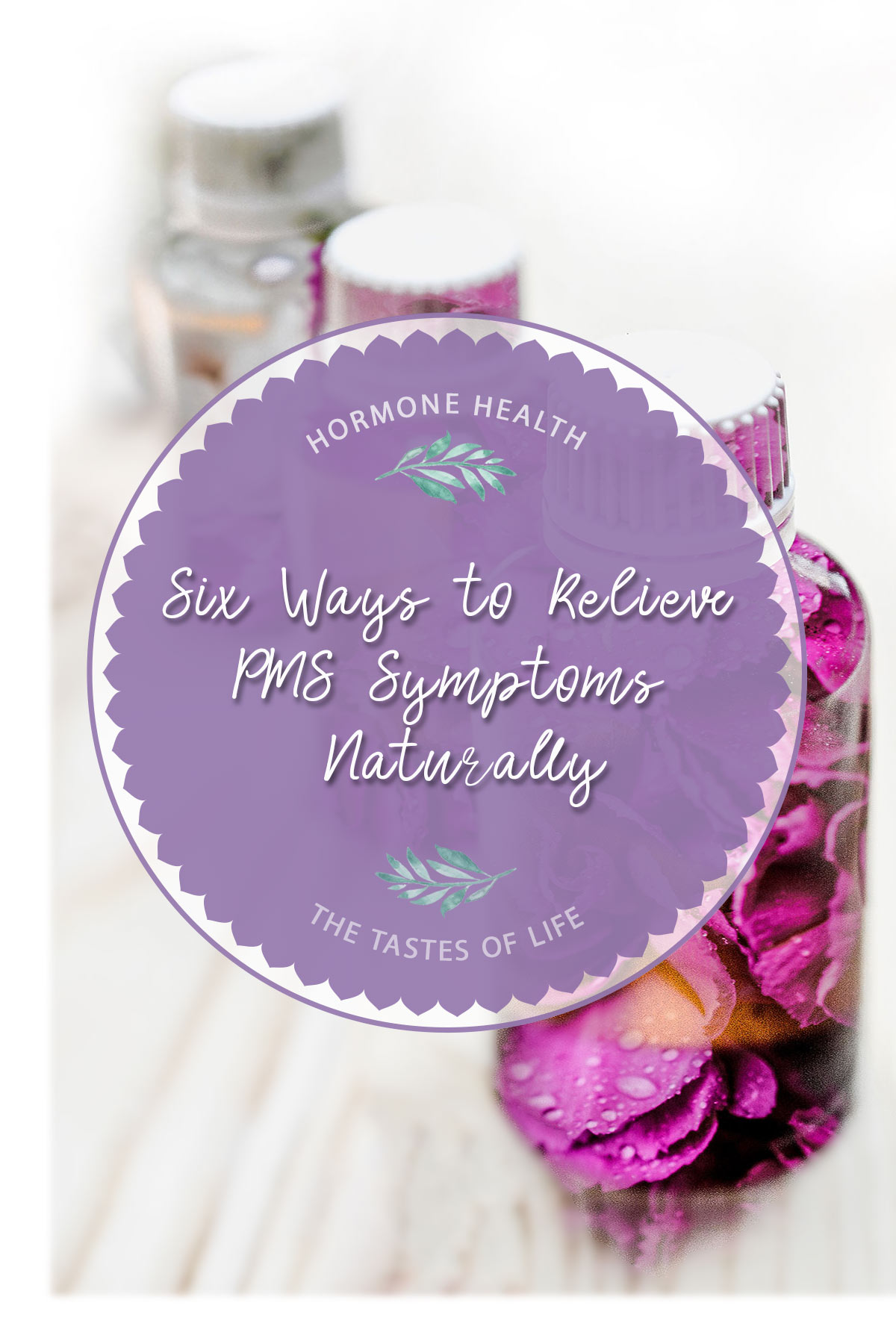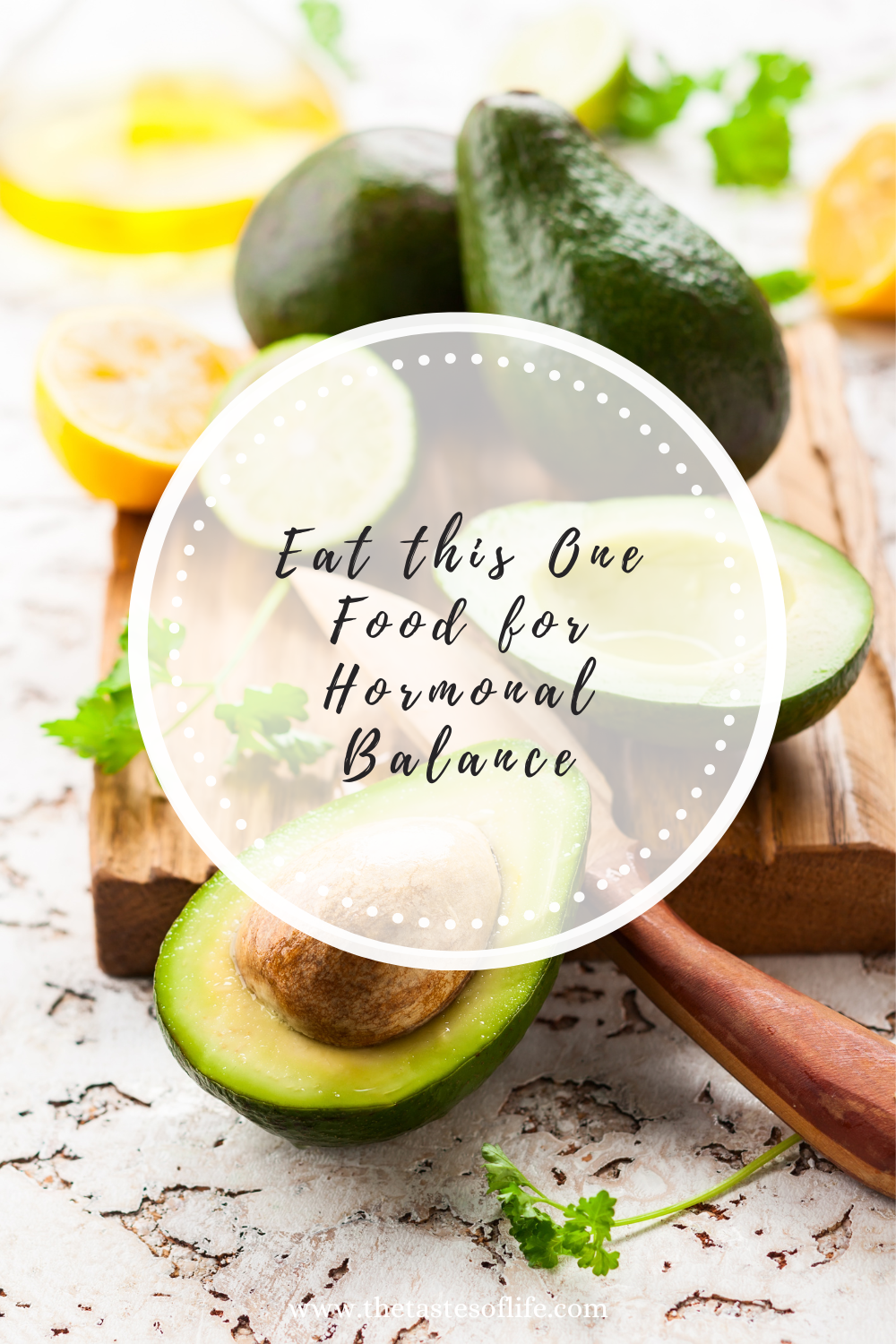How To Increase Progesterone Levels Naturally
Discover effective natural methods to increase progesterone levels naturally and achieve hormonal balance. Learn about dietary adjustments, herbal supplements, lifestyle changes, and more to support your reproductive health and alleviate symptoms of low progesterone.

Natural Ways to Boost Progesterone Levels
Progesterone is a key hormone in the female reproductive system, playing a vital role in menstrual cycle regulation, pregnancy maintenance, and overall hormonal balance. Low levels of progesterone can lead to various health issues, including irregular menstrual cycles, mood swings, and fertility problems.
Progesterone is a steroid hormone secreted by the corpus luteum. Progesterone basically means “promotes gestation,” and it is sometimes referred to as the happy hormone.
The number of women suffering from progesterone deficiency is on the rise. Most of the women are not even aware that they are progesterone deficient.
Understanding Progesterone
Progesterone is produced mainly in the ovaries after ovulation during the second half of the menstrual cycle. Small amounts are made in teh adrenal glands. It helps prepare the uterine lining for a potential pregnancy and supports early pregnancy by maintaining the uterine lining. Progesterone also balances the effects of estrogen and influences mood, libido, and overall energy levels.
Cholesterol is used to make pregnenolone, known as the mother of all hormones. Pregnenolone is later converted into progesterone, which is also a precursor hormone for testosterone and estrogen.
The Functions of Progesterone?
The progesterone will prepare the endometrium for pregnancy immediately after ovulation. It will help the lining to thicken and take in the fertilized eggs. It also helps prevent contractions of the uterus muscles and can make the body reject an egg. The levels of progesterone are usually high during this time. Without pregnancy, the corpus luteum will break down, reducing progesterone levels in the human body and causing menstruation. If the woman conceives, progesterone will be produced in the placenta, and its levels will remain elevated throughout the pregnancy.
Progesterone also helps reduce the growth of breast cells, leading to a drop in their multiplication rate. Progesterone is essential for the prevention of breast cancer since it promotes the natural death of cells in the breast.
Progesterone helps stimulate the process of bone-building, which is known as osteoblasts. The osteoblasts make the new bone to replace the old bone. Progesterone also helps reduce thyroid-binding globulin, which increases thyroid hormone activity. The thyroid hormone increases metabolism and uses the fat stored under the estrogen to produce energy. However, low levels of progesterone can lead to weight gain.
The progesterone will help stimulate libido since it can be turned into testosterone, which is essential in the sex drive. The progesterone will block the aldosterone, which promotes water retention and swelling by causing the loss of natural fluid and reducing swelling.
Progesterone also helps reduce the contraction of uterine muscles that causes menstrual cramps by encouraging relaxation of the uterine muscles. Progesterone binds to the GABA receptors in the brain. These receptors are responsible for reducing depression, insomnia, and anxiety. Progesterone is also known to be a natural antidepressant that helps prevent mood swings and anxiety.

Functions of progesterone
- Helps in using fat to produce energy
- Helps in the restoration of the normal libido
- Stimulation of the formation of new bones
- Helps in preventing cyclical migraines
- It is a natural antidepressant and helps in calming of anxiety
- Promoting healthy sleep patterns
- Assists in blood sugar regulation
- Offers protection against fibrocystic breast
- Facilitation of the thyroid hormone function
- Helps in maintaining the healthy endometrium
Symptoms of Low Progesterone
Before delving into ways to increase progesterone, it’s important to recognize the symptoms of low levels. These can include:
- Irregular menstrual cycles or missed periods
- Heavy menstrual bleeding
- Short cycles (less than 24 days)
- PMS symptoms such as mood swings, anxiety, and depression
- Difficulty conceiving
- Fatigue
- Breast tenderness
- Weight gain
- Brain fog
- Ovarian cysts
- Swollen breasts
- Infertility
- Difficulty sleeping
- Water retention
- Endometriosis
- Irritability
- Anxiety
- Headaches, especially during bleeding
- Hot flashes
- Bloating
- Miscarriages

Low Progesterone Levels and Estrogen- The Balancing Act
Progesterone and estrogen are two key hormones in the female reproductive system that work in concert to regulate menstrual cycles, support pregnancy, and maintain overall hormonal balance. Understanding how progesterone balances estrogen and the consequences of low progesterone, leading to estrogen dominance, can provide valuable insights into managing your hormonal health. The primary role of progesterone is to counterbalance estrogen. When estrogen levels are high, there is a high chance that the progesterone levels are low. This will lead to estrogen dominance signs and progesterone deficiency symptoms.
How Progesterone Balances Estrogen
Regulation of the Menstrual Cycle
- Follicular Phase: At the beginning of the menstrual cycle, estrogen levels rise to prepare the uterine lining for potential pregnancy.
- Luteal Phase: After ovulation, progesterone levels increase, and estrogen is counterbalanced by maintaining the uterine lining and preparing it for implantation if fertilization occurs.
- Menstruation: If pregnancy does not occur, progesterone levels fall, leading to the shedding of the uterine lining (menstruation).
Opposing Estrogen’s Effects
- Uterine Lining: While estrogen stimulates the growth of the uterine lining, progesterone stabilizes it, preventing excessive buildup and maintaining a healthy thickness.
- Breast Tissue: Estrogen promotes breast tissue growth, whereas progesterone helps prevent overgrowth and reduces the risk of conditions like fibrocystic breasts.
- Mood and Fluid Balance: Estrogen can cause mood swings and fluid retention; progesterone has a calming effect and acts as a natural diuretic, reducing bloating.
Consequences of Low Progesterone: Estrogen Dominance
When progesterone levels are low, estrogen can dominate, leading to a state known as estrogen dominance. This imbalance can result in various health issues and symptoms, including:
Menstrual Irregularities
- Heavy or Irregular Periods: Without sufficient progesterone to balance estrogen, the uterine lining can become overly thick, leading to heavy or irregular menstrual bleeding.
- Short Menstrual Cycles: Estrogen dominance can cause cycles to become shorter and more frequent.
Premenstrual Syndrome (PMS)
- Mood Swings and Irritability: High levels of estrogen relative to progesterone can lead to mood swings, anxiety, and irritability.
- Breast Tenderness: Excessive estrogen can cause breast tissue to swell and become tender.
Weight Gain and Bloating
- Fluid Retention: Estrogen dominance often leads to water retention, causing bloating and weight gain, particularly around the abdomen.
- Increased Fat Storage: Estrogen can promote fat storage, particularly in the hips, thighs, and abdomen.
Fibroids and Endometriosis
- Uterine Fibroids: Estrogen dominance can contribute to the development of fibroids, which are non-cancerous uterine growths.
- Endometriosis: Excess estrogen can stimulate the growth of endometrial tissue outside the uterus, causing pain and fertility issues.
Skin Issues
- Acne: Hormonal imbalance can lead to acne, particularly around the jawline and chin.
- Hyperpigmentation: Excess estrogen can contribute to melasma, a condition characterized by dark patches on the skin.

Natural Ways to Boost Progesterone
Optimizing Your Diet
Diet plays a significant role in hormone production. Incorporating certain nutrients can help support the body’s natural progesterone production.
- Vitamin B6: Foods rich in Vitamin B6, such as chickpeas, tuna, salmon, and bananas, can help increase progesterone levels by supporting the body’s hormone regulation processes.
- Magnesium: Magnesium is crucial for hormone production. It helps influence the pituitary glands, which are responsible for releasing thyroid-stimulating hormone, follicular-stimulating hormone, and luteinizing hormone. These hormones play an essential role in regulating progesterone and estrogen production. Magnesium-rich foods include spinach, pumpkin seeds, and dark chocolate.
- Healthy Fats: Consuming healthy fats from sources like avocados, nuts, seeds, and olive oil provides the building blocks for hormone production.
- Zinc: Zinc supports fertility as it stimulates pituitary glands to release the follicular stimulating hormone that triggers estrogen production and promotes ovulation, thereby increasing levels of progesterone. This mineral supports progesterone production and can be found in beef, lamb, oysters, cashews, and chickpeas.
- Vitamin C: Helps the ovaries in the process of ovulation. It can also help increase progesterone levels in females and ensure the adrenals that help in progesterone production work well.
- Vitamin E: An oxidant that helps protect the DNA integrity of eggs and sperm. It can also correct the estrogen-progesterone ratio, increasing women’s libido and normalizing their menstrual cycle.
- L-arginine: is an amino acid that assists in widening and relaxing the arteries and blood vessels, thereby increasing blood flow in the body. It helps improve the supply of blood to the corpus luteum, resulting in an increase in progesterone levels.
- Antioxidant-Rich Foods: Foods high in antioxidants, such as berries, leafy greens, and nuts, help reduce oxidative stress, which can support hormone balance.
Herbal Supplements
Certain herbs have been traditionally used to support hormonal balance and boost progesterone levels.
- Chasteberry (Vitex agnus-castus): This herb is known for regulating hormones and stimulating the production of progesterone. Several studies have revealed that chaste berry increases luteinizing hormone release from the pituitary, thereby raising progesterone levels and normalizing the second half of the menstrual is also capable of reducing actin, which suppresses progesterone production. However, its exact cause is unknown, although chasteberry has been proven to help treat progesterone for over 60 years.
- Maca Root: Maca is an adaptogen that supports overall endocrine function and hormone balance.
- Evening Primrose Oil: Rich in gamma-linolenic acid (GLA), evening primrose oil can help balance hormones and alleviate PMS symptoms.

Lifestyle Adjustments
Making some key lifestyle changes can have a significant impact on your hormone levels.
- Stress Management: Chronic stress elevates cortisol levels, which can suppress progesterone production. Adrenal fatigue and stress can also lead to low progesterone levels. Despite the progesterone being made in the ovaries, a very small amount is made in the adrenal glands. This is where it is converted to other hormones like cortisol, the primary stress hormone. If there is a high cortisol hormone demand due to prolonged stress and the body is not in a position to keep up with the supply, it will take from the cortisol’s hormone, pregnenolone. However, when more pregnenolone is used to make the cortisol, very little will be available to produce progesterone, thereby causing a progesterone deficiency. When the imbalance of adrenal is the root cause of low levels of progesterone, anyone will want to focus on rebuilding the foundation of adrenal and incorporating stress-reducing practices like yoga, meditation, deep breathing exercises, and mindfulness can help lower cortisol levels and support progesterone production.
- Regular Exercise: Regular, moderate exercise can help maintain hormonal balance. Avoid excessive or intense exercise, which can have the opposite effect.
- Adequate Sleep: Aim for 7-8 hours of quality sleep per night. Sleep is essential for hormone production and regulation.
- Adrenal Supporting Herbs/Adaptogens: Astragalus root, Rhodiola Rosea, American ginseng, Eleuthero/Siberian ginseng, Schisandra berry, Ashwagandha/Indian ginseng, Licorice root, Maca/Peruvian ginseng
Maintain a Healthy Weight
Both underweight and overweight conditions can disrupt hormone production. Remember, fat tissues produce estrogen. Strive for a balanced diet and regular physical activity to achieve and maintain a healthy weight, which supports optimal hormone levels.
Additional Tips for Hormonal Health
- Avoid Environmental Toxins: Reduce exposure to environmental toxins found in plastics, pesticides, and certain personal care products, as these can disrupt hormone function.
- Limit Caffeine and Alcohol: Excessive caffeine and alcohol can negatively impact hormone balance. Moderation is key.
- Stay Hydrated: Drink plenty of water to support overall health and hormone function.
The Bio-Identical Cream to Increase Levels of Progesterone
Bioidentical progesterone cream has gained popularity as a natural and effective way to address low progesterone levels and the symptoms associated with hormonal imbalances. This type of progesterone is chemically identical to the progesterone produced by the human body, making it a preferred option for many women seeking a more natural form of hormone supplementation.

What is Bioidentical Progesterone?
Bioidentical progesterone is derived from plant sources, typically wild yam or soy, and is processed to have the same molecular structure as the progesterone produced by the ovaries. This similarity allows the body to recognize and utilize it effectively, leading to fewer side effects compared to synthetic progesterone.
Benefits of Bioidentical Progesterone Cream (Hormone Replacement Therapy)
Hormonal Balance
- Regulates Menstrual Cycles: Helps restore regular menstrual cycles by balancing the effects of estrogen.
- Reduces PMS Symptoms: Alleviates symptoms such as mood swings, anxiety, bloating, and breast tenderness associated with premenstrual syndrome.
Supports Pregnancy
- Maintains Uterine Lining: Essential for preparing and maintaining the uterine lining for implantation and pregnancy.
- Reduces Miscarriage Risk: In some cases, can help reduce the risk of miscarriage in early pregnancy by supporting adequate progesterone levels.
Menopausal Symptom Relief
- Alleviates Hot Flashes and Night Sweats: Can help reduce the frequency and intensity of hot flashes and night sweats during perimenopause and menopause.
- Improves Sleep: Promotes better sleep by reducing night sweats and anxiety.
Bone Health
- Supports Bone Density: May help maintain bone density and reduce the risk of osteoporosis by balancing estrogen levels.
Mood and Cognitive Function
- Enhances Mood: Has a calming effect on the brain and can improve mood and reduce anxiety.
- Supports Cognitive Function: May help maintain cognitive function and memory during menopause.
How to Use Bioidentical Progesterone Cream
Dosage and Application
- Dosage: The recommended dosage varies depending on individual needs and the condition being treated. It’s essential to follow a healthcare provider’s guidance.
- Application Sites: Common application sites include the inner arms, thighs, abdomen, and chest. Rotate application sites to prevent skin irritation.
- Timing: Apply the cream once or twice daily, typically during the luteal phase of the menstrual cycle (days 14-28) or as directed by a healthcare provider.
Consistency and Monitoring
- Consistency: For optimal results, use the cream consistently as prescribed.
- Monitoring: Regularly monitor symptoms and hormone levels with the help of a healthcare provider to ensure the dosage is effective and make adjustments as needed.
Considerations and Precautions
Consult a Healthcare Provider
- Professional Guidance: Always consult with a healthcare provider before starting any hormone supplementation to ensure it’s appropriate for your specific condition and to determine the correct dosage.
Potential Side Effects
- Skin Irritation: Some women may experience mild skin irritation at the application site.
- Hormonal Fluctuations: Initial hormonal fluctuations can occur as the body adjusts to the supplementation.
Quality of the Product
- Choose High-Quality Products: Ensure that the bioidentical progesterone cream is sourced from a reputable manufacturer and contains the appropriate progesterone concentration.
Progesterone plays a critical role in balancing estrogen and maintaining hormonal health. When progesterone levels are low, estrogen dominance can occur, leading to various symptoms and health issues. You can naturally support progesterone production and achieve hormonal balance by making dietary adjustments, incorporating herbal supplements, managing stress, and avoiding environmental toxins. If natural methods aren’t sufficient, seeking professional medical advice is crucial to addressing hormonal imbalances effectively.
Please feel free to comment or ask any questions below. Share the blog on Instagram with the hashtag #thetastesoflifeholisticblog.
References:
https://pubmed.ncbi.nlm.nih.gov/36574915
https://pubmed.ncbi.nlm.nih.gov/29630427
https://pubmed.ncbi.nlm.nih.gov/23136064
Yum





